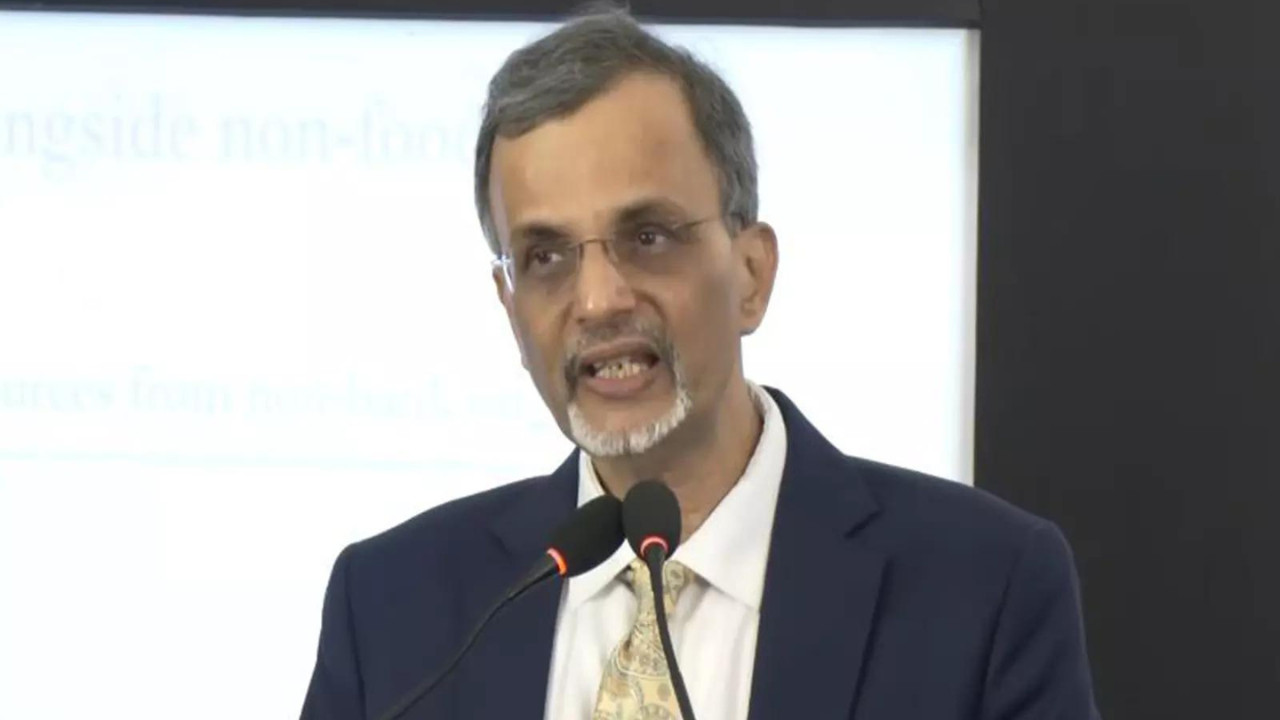Hindustan Aeronautics Ltd (HAL) shares tumbled nearly 8.5% after a Tejas fighter jet crashed during a Dubai Air Show demonstration, tragically killing the pilot. Analysts suggest a sideways trend for HAL stock with support at Rs 4,350.
Tejas Trials and Tribulations: What Does the Recent Crash Mean for HAL?
The roar of the Tejas fighter jet has become synonymous with India’s ambition in aerospace engineering. But recently, that roar was followed by a different kind of sound – the crunch of metal. The first-ever crash of a Tejas LCA (Light Combat Aircraft), while thankfully resulting in the pilot ejecting safely, sent ripples through the stock market, specifically impacting Hindustan Aeronautics Limited (HAL).
The immediate aftermath saw HAL’s shares take a nosedive, plummeting almost 9% on the news. This knee-jerk reaction begs the question: is this a temporary turbulence or a sign of deeper issues for the aerospace giant?
Understanding the Market’s Response to the Tejas Incident
The market’s reaction, while seemingly drastic, isn’t entirely surprising. HAL, while a behemoth in the Indian defense sector, is still susceptible to investor sentiment. A high-profile incident like this, particularly with a flagship product like the Tejas, inevitably triggers concerns. Are there design flaws? Manufacturing defects? Were there procedural lapses? These are the questions swirling in investors’ minds, leading to a sell-off.
The initial dip can also be attributed to algorithmic trading, where automated systems react to negative news headlines, triggering further selling pressure. However, the long-term impact hinges on the findings of the investigation and HAL’s response. The quick and transparent release of information will be key to regaining investor confidence.
What Caused the Tejas Fighter Crash?
While the official investigation is underway, early reports suggest a possible engine issue. It’s crucial to remember that flight testing, especially with advanced aircraft, is inherently risky. It’s through these trials, and sometimes tribulations, that potential weaknesses are identified and rectified. The crash, while unfortunate, offers an opportunity to rigorously analyze the aircraft and implement necessary improvements.
The LCA Tejas has been praised for its agility and maneuverability. The fact that the pilot ejected safely is testament to the effectiveness of the aircraft’s safety systems. A thorough investigation should delve into all aspects, from component reliability to pilot training protocols. Was it a preventable issue, or an unavoidable consequence of pushing the boundaries of aviation technology?

The Bigger Picture: HAL’s Long-Term Prospects
Zooming out from this single incident, HAL’s long-term prospects remain strong. The Indian government is committed to bolstering domestic defense production, and HAL is at the forefront of this initiative. The order book for Tejas, along with other HAL-manufactured aircraft and helicopters, is substantial. Furthermore, HAL is actively pursuing export opportunities, aiming to establish itself as a reliable global supplier.
However, challenges remain. Streamlining production processes, ensuring timely delivery of orders, and maintaining stringent quality control are crucial for HAL to solidify its position. The company also needs to invest heavily in research and development to stay ahead of the curve and compete with international players.
Impact on India’s Indigenous Defense Program
The incident might lead to a temporary slowdown in the program while investigations are completed and modifications are implemented. However, it’s unlikely to derail the long-term trajectory of India’s indigenous defense program. The government’s commitment and the strategic importance of the Tejas project will ensure its continued development.
Navigating the Turbulence: Future Outlook for HAL
The drop in HAL’s share price is a short-term reaction to a specific event. The true test will be how HAL handles the aftermath. A transparent and thorough investigation, coupled with swift corrective actions, will be essential to rebuild investor confidence.
The long-term success of HAL depends on its ability to deliver on its commitments, maintain quality standards, and continue innovating. The Tejas program, despite this setback, remains a vital component of India’s defense strategy. By learning from this experience and strengthening its capabilities, HAL can emerge stronger and further solidify its position as a key player in the global aerospace industry.
The incident surrounding the Tejas fighter crash highlights the inherent risks and complexities associated with advanced aerospace engineering, but also underscores the importance of perseverance and continuous improvement. Ultimately, the success of HAL, and India’s indigenous defense program, depends on the ability to learn from setbacks and adapt to evolving challenges.







